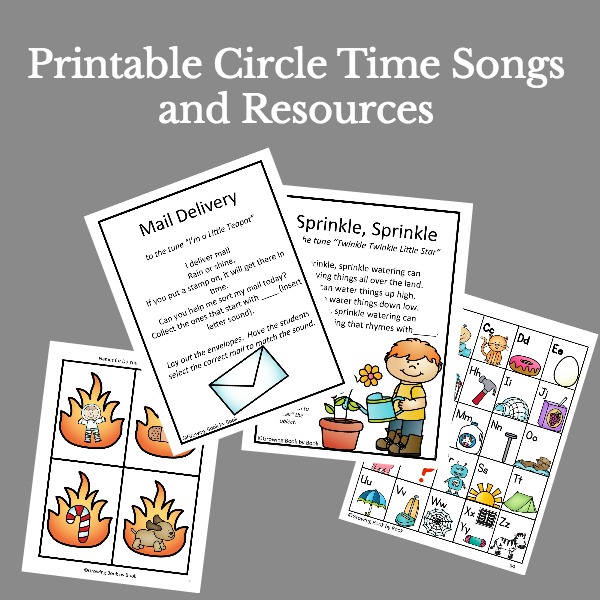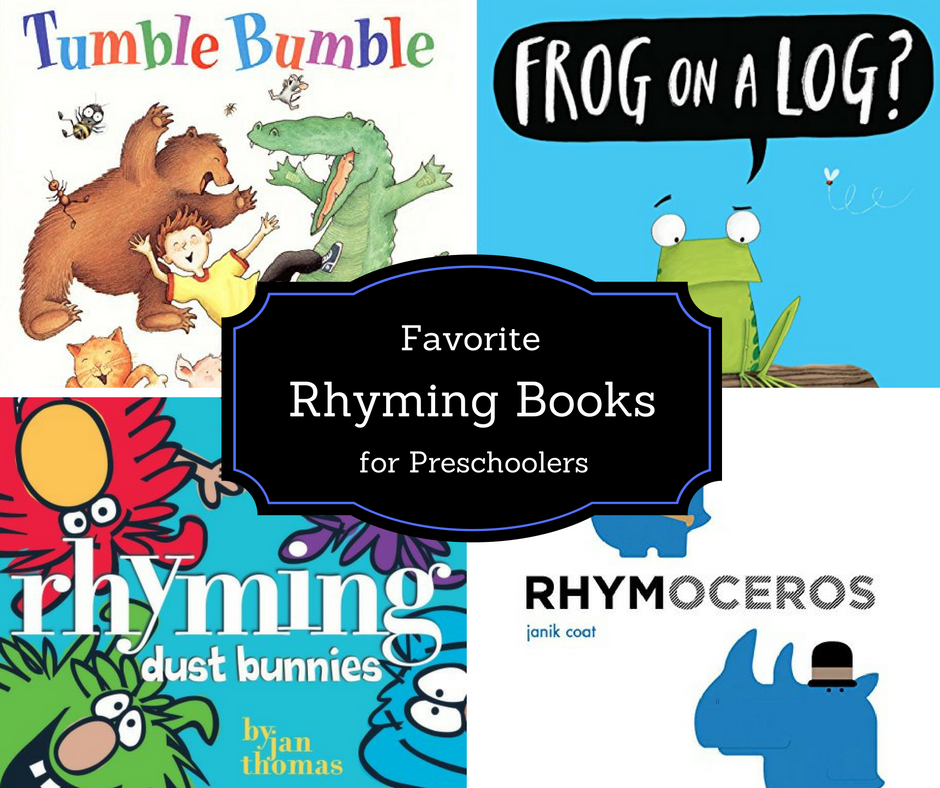Phonological Awareness Activities for Preschoolers
Posted by admin on
Preschoolers are eagerly peparing their minds for future reading. Having a strong foundataion with phonological awareness is a big stepping stone on this path to learning to read. These phonological awareness activities for preschoolers will help young students develop this crucial stepping stone.
Phonological awareness is the big umbrella that covers all of that oral sound work we do with young children. There is no visual representation of the letters to match the sound work. If we did that, then it would be considered phonics work. In fact, there are some great benefits for attaching that phonics work to phonemic awareness down the road. There is nothing wrong with phonics work, but we want to build that audiotory recognition and processing.
Phonological Awareness Activities for Preschoolers
Full Disclosure: This post contains affiliate links.
Awareness of Gross Motor Differences
Hold up two fists and say a sentence together. As you recite each word in the sentence, put up a finger to represent each word. Count how many words are in the sentence. This sentence below has six words.
The brown dog has the bone.
Awareness of Rhyme
Reciting nursery rhymes together is great for repeating, recognizing, and generating rhyming words.
Here are some wonderful picture books that have rhyming words for children to develop a sense of rhyme. Just remember that they don’t need to identify the words in print, they simply need to hear them orally.—>Try these rhyming book recommendations.
Then have some hands-on fun with these rhyming activities.
- Rhyming Dust Bunnies
- Rhyming Color Chant
- Erase Me Rhyme
- Don’t Let the Pigeon Drive the Bus Rhyming Activity
- Three Little Kittens Rhyming Mittens
Segmentation of Words into Syllables
I’ve found that clapping or patting your legs while saying a word helps a child segment a word into syllables or word parts.
Start with counting the parts in a compound word such as hotdog and mailman.
Keep going using the students names. Then, continue on with more words. The word hippo would get two claps- hip-po.
Here are segmenting activities to try.
Phoneme Isolation
Phonemic awareness at the preschool level usually involves isolating and identifying sounds at the beginning and ends of short words of three sounds.
Start with awareness of initial/beginning sounds.
Play a game of picky puppet. You will need a simple sock puppet and some picture cards. Picky puppet only likes things that begin with a sound it chooses. For example, if picky puppet likes popsicles, then it will only want the child to select picture cards that begin with /p/.
Eventually, move to ending sounds.
Here are some great ways to work on identifying letters sounds in a word. Many of these activities can be adapted to work on beginning or ending sounds.
- Beginning Sounds Mail Sort
- Beginning Sounds Leaf Letter Activity
- There’s a Shark in the Sea
- Beginning Sounds Lego Game
- Ice Melt and Break
- Letter Sound Tic Tac Toe
- Sound Mazes
Alliteration
Make up and repeat silly alliteration sentences using names or your students. Here are a few examples to get you started.
Jodie jiggles giant jars of jam and jelly.
Sarah sings seven silly songs.
Segmenting and Blending
We also start blending and segmenting with preschoolers.
At this level we do a lot of modeling and have the students repeat what they hear starting with compound words, then two syllable words, and then onset-rhyme.
I Say: sun shine…sunshine
You Say: sun shine…sunshine
Building Phonological Awareness Through Song

One of the most successful ways to build phonemic awareness is through song. 35 Circle Time Songs and Chants to Build Literacy Skills Vol. 1 is full of songs and chants to build phonemic and phonological awareness.—>CHECK OUT 35 CIRCLE TIME SONGS AND CHANTS
And, check out Month by Month Circle Time Songs Vol. 2 too.
Enjoy building phonological awareness with preschoolers using these activities.
The post Phonological Awareness Activities for Preschoolers appeared first on Growing Book by Book.


